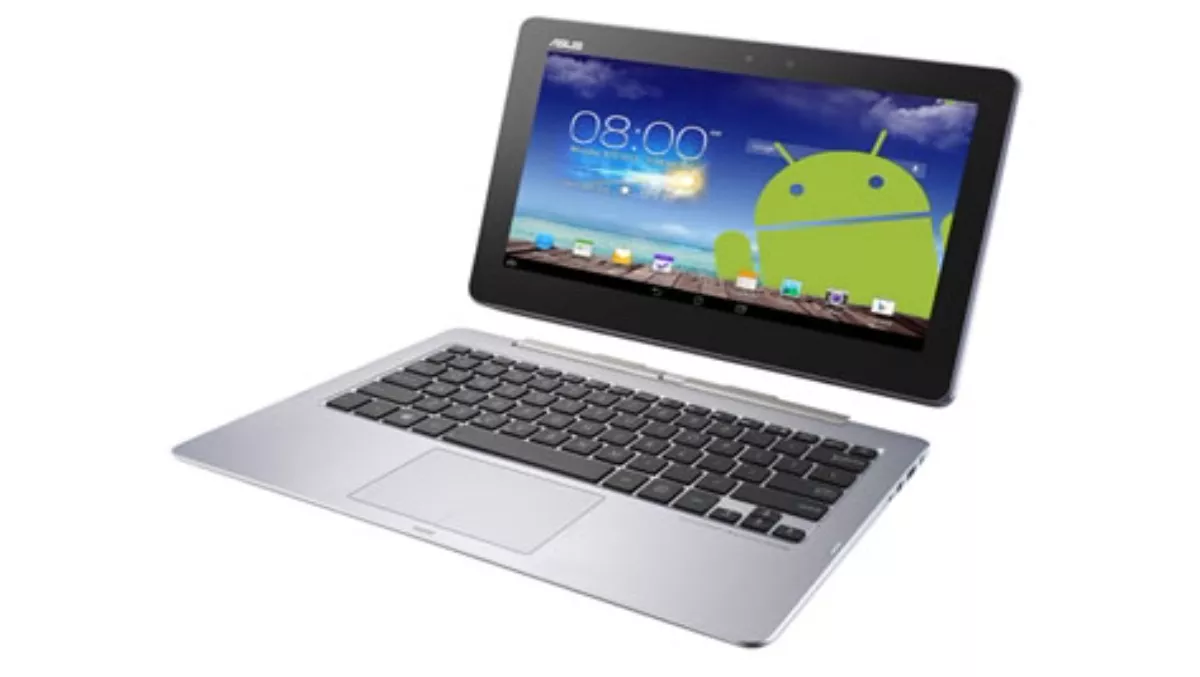
Review: ASUS Transformer TX201L
Since Windows 8 hit the streets with it’s touch friendly interface, manufacturers have been attempting to create devices that engage users on-boarding them into the Windows ecosystem.
ASUS provides a relatively unique product in the Transformer, one that attempts to provide an all-in-one solution. The Transformer is, at first glance, an ultraportable running Windows 8. But with one press of a button, the screen detaches to become an Android tablet.
The Transformer is the size of an ultraportable with an 11.6” screen; but its weight belies its extra features. This is due to its battery in the base for the laptop, and the battery in the ‘screen’ that powers the tablet. It also has the feature of being able to utilise the tablet’s battery in order to bump up the battery life of the laptop.
There are not many manufacturers who’ve even tried integrating Android and Windows, and none who have done it as smoothly as ASUS. The laptop is no slouch but, quite surprisingly in this day and age, it has a 500GB 5400rpm drive rather than a SSD. With the plethora of cloud storage providers, I would have liked to see an SSD in place of the spinning disk.
With an i5 core and 4GB of RAM, the laptop is no slouch. The Android tablet uses an Intel Atom with 2GB of DDR2 RAM and 16GB of storage to quite capably handle what’s thrown at it.
Transferring files between the tablet and laptop is simple and is as smooth as it could be between two operating systems. There are the differences between UIs which can make switching between them to access the same data, jarring. But businesses that use SAAS based applications won’t have issues and will appreciate the portability that the tablet offers.
Build wise, it’s impeccable. You can see the attention to detail from ASUS, more and more manufacturers spend more time on ensuring the balance of the device is just right. One example is the connector between the tablet / screen and the base that’s a solid metal bridge.The Transformer is sturdy and doesn’t have that feel of fragility that a lot of other ultrabooks have.
The tablet is quite speedy, with the intel Atom chip ensuring the tablet doesn’t suffer slowdown or stuttering. It uses OS 4.2.2 Jelly Bean and with a range of applications from ASUS there’s plenty of scope to work between the two systems without it being bloatware.I can see its benefits in the enterprise environment, to leave the base plugged in and take the tablet around. There isn’t automatic sync, unless you’re using an appropriate application that does it through the cloud etc. I’d like to see ASUS try to utilise the same technology in a pure Windows ecosystem and give that desktop power and portability using the same OS.
Pros:• The ability to utilise both operating systems widens the range of available applications• Battery in tablet can lengthen laptop operating life• Desk-based and portability
Cons:• Difficulty in transitioning between Windows and Android OSs• Heavy compared to ultra book alternatives
Summary:The Transformer is the latest iteration from ASUS of their innovative two part portable device, but maintaining integration between Android and Windows requires active manual activity by the user. As Windows 8 increases both its market penetration and capability to operate in a desktop and portable arena, it appears Android hasn’t kept up. Google are investing heavily in Chrome OS, with a number of new models hitting the market. The Transformer has its niche well sewn up, meaning it probably has a bright future, but it should be as a Windows only device.
Score: 3 / 5


